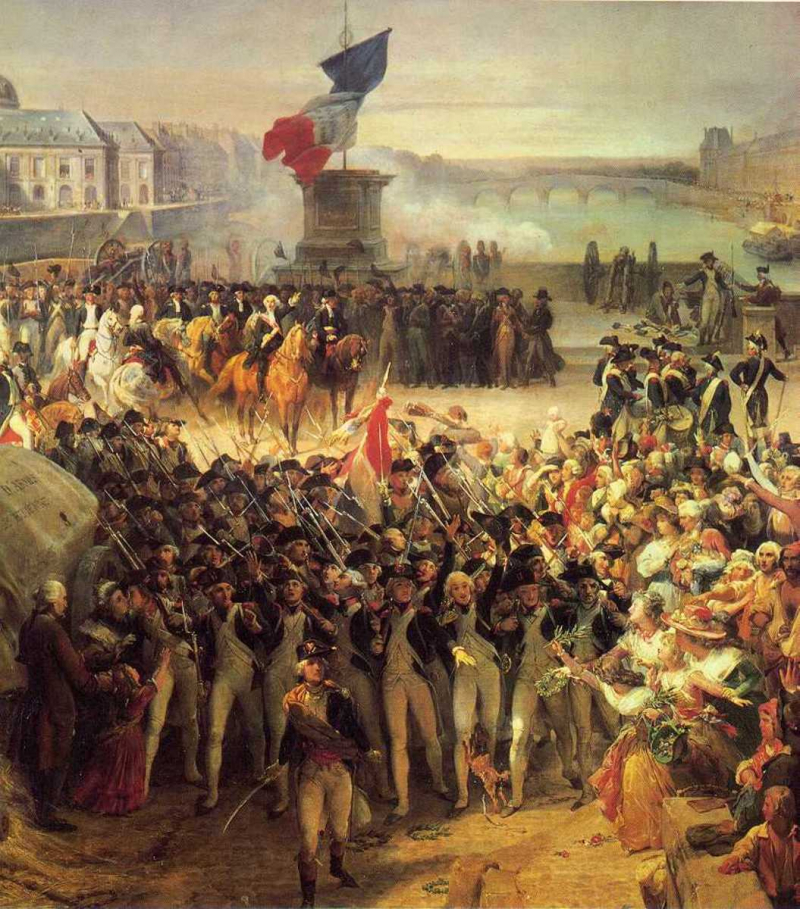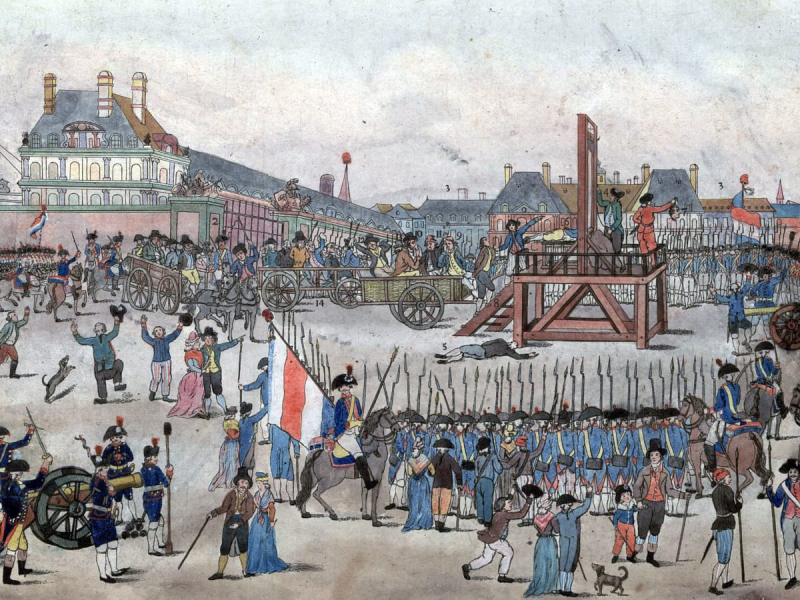The Rise of the Bourgeoisie
The bourgeoisie arose as a class of rich middlemen who connected producers during the early modern period. Despite only accounting for 7.7% of the population, the bourgeoisie had a crucial role in the French economy, accounting for 39.1% of national GDP. They were members of the Third Estate during the Ancien Régime, as they were neither clergymen (the First Estate) nor nobility (the Second Estate).
Throughout the seventeenth and eighteenth centuries, this quest for a higher social standing resulted in a high rate of bourgeois admission into the Second Estate. Several variables made this possible. Many aristocratic families married bourgeois families because of their poverty; the nobility got bourgeois money, while the bourgeoisie gained noble status. In order to obtain funds, several government offices and posts were auctioned. The bourgeoisie bought these posts and therefore became ennobled; by 1765, this practice had ennobled almost 6,000 households. The nobles were enraged that this bourgeoisie was entering their ranks (despite often having been bourgeois themselves one or two generations prior), and the bourgeoisie was enraged that the nobles were trying to prevent them from ascending and being scornful even when they did ascend. As a result, the rise of the bourgeoisie was one of the major causes of the French Revolution.












